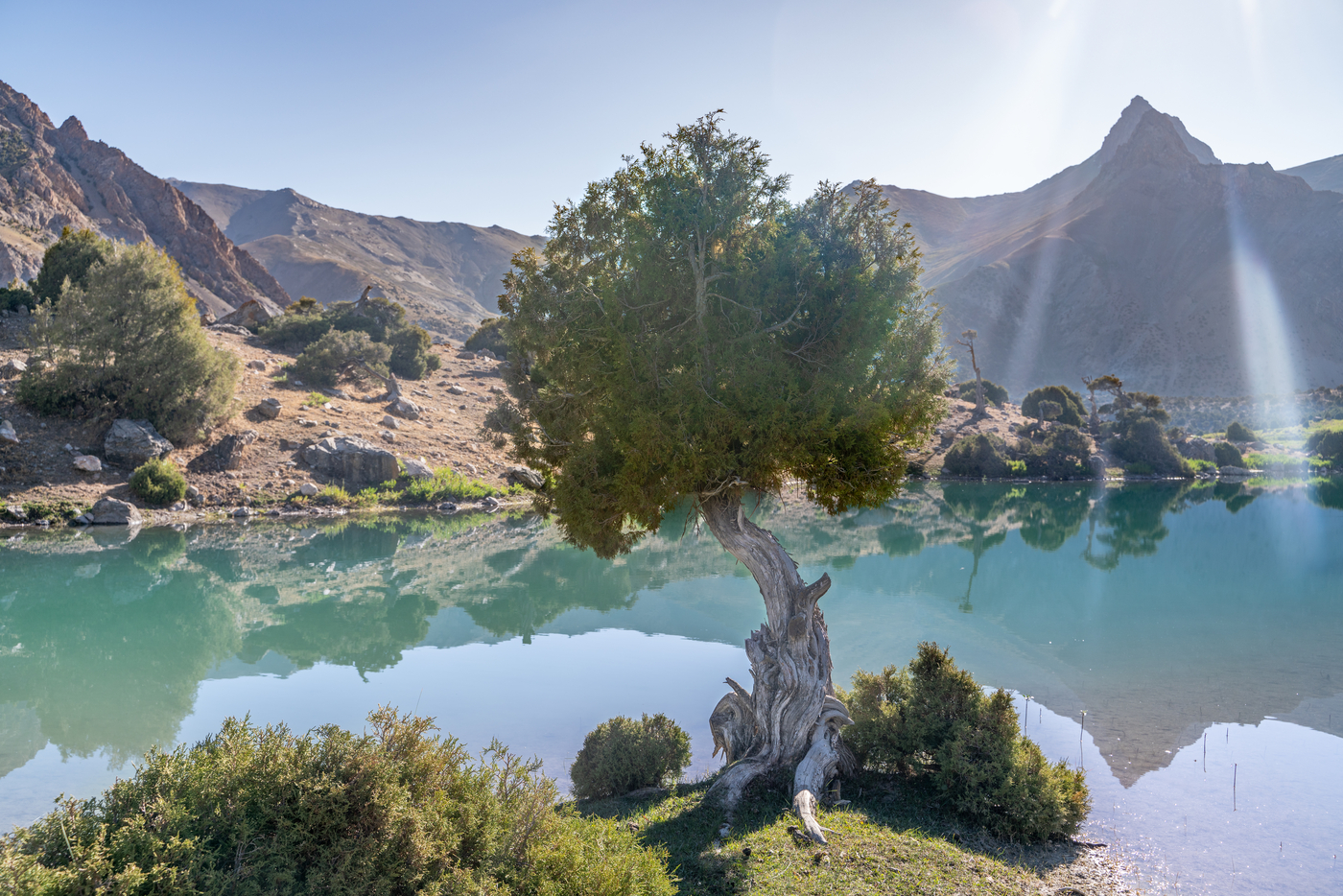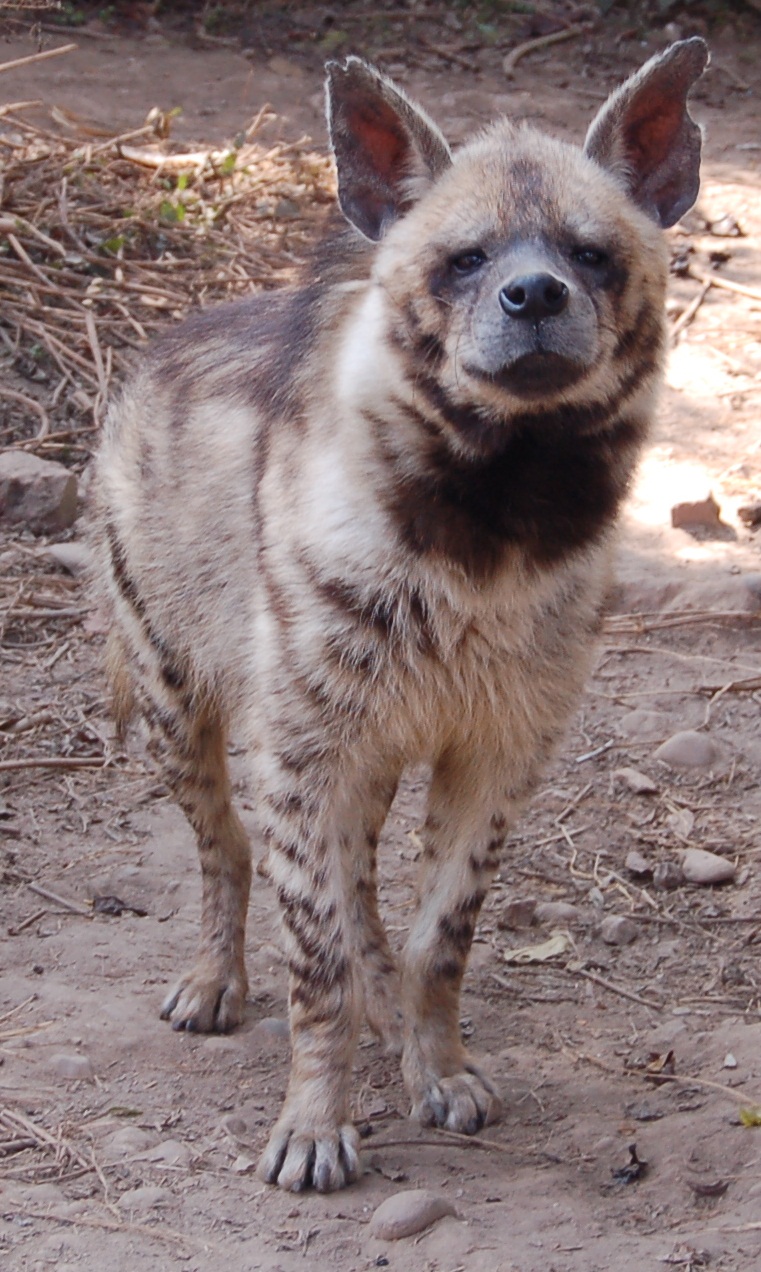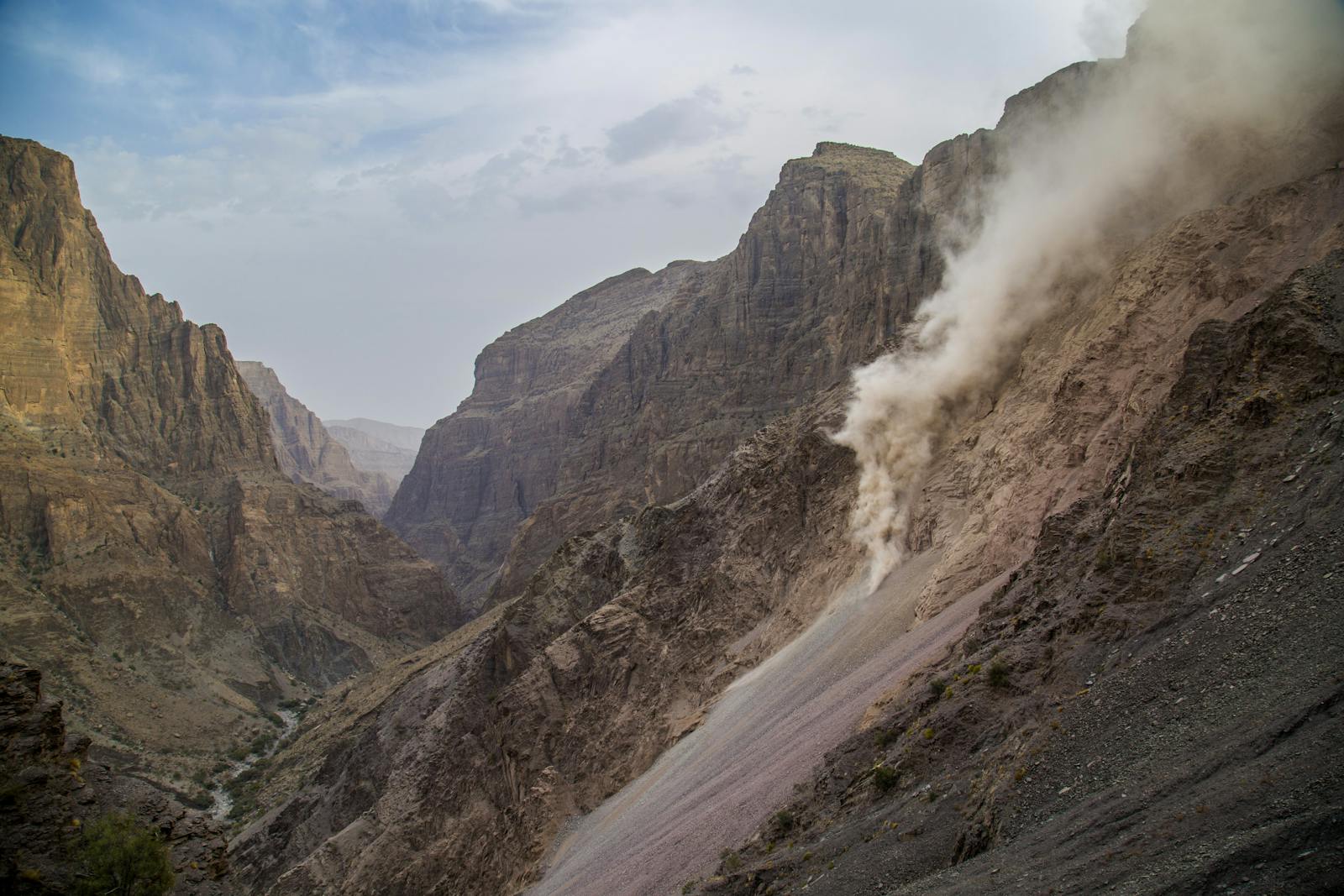Al-Hajar Montane Woodlands and Shrublands
The ecoregion’s land area is provided in units of 1,000 hectares. The conservation target is the Global Safety Net (GSN1) area for the given ecoregion. The protection level indicates the percentage of the GSN goal that is currently protected on a scale of 0-10. N/A means data is not available at this time.
Bioregion: Red Sea, Arabian Deserts & Salt Marshes (PA26)
Realm: Southern Eurasia
Ecoregion Size (1000 ha):
215
Ecoregion ID:
723
Conservation Target:
24%
Protection Level:
3
States: Oman, United Arab Emirates
Arabian tahr navigate perilous slopes and woodlands of the southern-most population of Zeravschan juniper in this extraordinary mountain ecoregion. Encompassing the highest altitudes in eastern Arabia’s largest mountain range—Al-Hajar—the ecoregion boasts spectacular vistas and a varied flora and fauna. Oman’s tallest peak Jebel Shams lies within the range, with views at the summit of Wadi Ghul or the ‘Grand Canyon of Arabia’. Several endemic species are found here, including the Jayakar’s lizard and Omani carpet viper.

The flagship species for the Al-Hajar Montane Woodlands and Shrublands ecoregion is the Zeravschan juniper. Image credit: Creative Commons
Running parallel to Oman’s Batinah coast, the limestone and dark opholite rocks of the Al-Hajar mountains form the largest mountain range in eastern Arabia. They are mostly situated in Oman, with a small section in the United Arab Emirates just south of the Musandam peninsula. This ecoregion represents the areas above 1,200 m, encompassing the highest point of Oman, Jebel Shams or ‘Mountain of the Sun’, at 3,028 m in the central Jebel Akhdar range. Peaks to the east and west of this area are also included, as is the geologically distinct Ru’us Al Jibal range near Musandam. The highest points in the latter region are around 2,000 m.
The climate is variable, averaging 23.5°C in lower areas and 15°C at the summit of Jebel Shams, occasionally plummeting to sub-zero temperatures in winter months. Although rainfall is higher than the surrounding foothills, this region is still classified as a mountain desert with relatively low at 400 mm or less annually.

Striped hyena. Image credit: Creative Commons
Dominant plant communities show similarities with Iranian and African flora and vary with altitude. Monotheca buxifolia and olive trees form woodlands above 1,350 m, transitioning to Zeravschan juniper woodlands past 2,000 m. These juniper communities are unique, holding about 30% of the total flora of Oman, of which 14 taxa are endemic. Shrub and herbaceous cover around the woodlands include hopbush, sixweeks threeawn, buffel grass, and camel grass, with flowering plant species such as Egyptian sage and Helichrysum glumaceum contrasting against the rugged backdrop.
Vegetation in the Musandam peninsula is largely similar, with the addition of a relict Artemisia steppe above 1000 m. Heavy rains in the Ru’us Al Jibal mountains occasionally encourage the plateaus to bloom, softening the landscape with a spectacular display of geraniums, poppies and thick grass cover..
The mountains are one of the last strongholds for the endemic and endangered Arabian tahr, which share the rocky slopes with feral goats and donkeys, wolves, striped hyena, Sundevall’s Jird, and the vulnerable Arabian gazelle. Endemicity of reptiles is high in the region, including the Jayakar’s lizard, blue-tailed lizard, Omani carpet viper, and the gecko Pristurus gallagheri. Jebel Shams is also home to a significant breeding population of long-billed pipits, with redstarts and scrub warblers also spotted around the peaks
Humans have lived in settlements in the mountains for hundreds of years, where sources of perennial water have allowed for extensive cultivation of crops such as date-palm, peaches, limes and pomegranates. Roses are the dominant crop at Al-Ayn, growing on high terraces overlooking the deep valleys below. Once remote, these small villages—many of which are now abandoned—have been relatively well connected by tarmac roads and are increasingly popular tourist destinations alongside the major peaks of the region. The Jebel al Akhdar Scenic Reserve is the only protected area in the ecoregion, with no formal protection afforded to the Ru’us Al Jibal range further north.
The native tahr are threatened by competition with large populations of feral goats, which graze extensively and indiscriminately on vegetation. A growing tourism industry is expected to degrade the fragile ecosystems further. Human interference, overgrazing, and heavy soil extraction were thought to be driving the significant decline in juniper populations in Jebel al Akhdar, but climate change is now reported as the main driver that exacerbates the impacts of these contributing factors. These juniper woodlands, already at the warmer, drier limit of their climatic tolerance, are in extremely poor condition with virtually no regeneration at lower altitudes. Given that they inhabit the highest slopes in the region, there is unfortunately little habitat left to accommodate a further upwards range shift.
The priority conservation actions for the next decade will be to: 1) protect the juniper woodlands from extirpation through practical conservation measures such as planting nursery trees with demonstrated drought and heat tolerance; 2) expand protected area coverage to include the north-western mountain ranges; and 3) develop a sustainable tourism plan for the region.
Citations:
- Patzelt, A. et al. (2014). ‘Studies in the flora of Arabia: XXI. New records from the Sultanate of. Oman’. Edinburgh Journal of Botany, 71(2), pp. 161-180. DOI: 10.1017/S0960428614000067
- MacLaren, C. (2016). ‘Climate change drives decline of Juniperus seravschanica in Oman’. Journal of Arid Environments. 128. pp.91-100. DOI: 10.1016/j.jaridenv.2016.02.001.
- Sultanate of Oman Ministry of Environment and Climate Affairs. (2014). ‘5th National Report to the Convention on Biological Diversity’. [Online]. Available from: https://www.cbd.int/doc/world/om/om-nr-05-en.pdf. [Accessed 24/08/2019].

.png?auto=compress%2Cformat&w=300)

